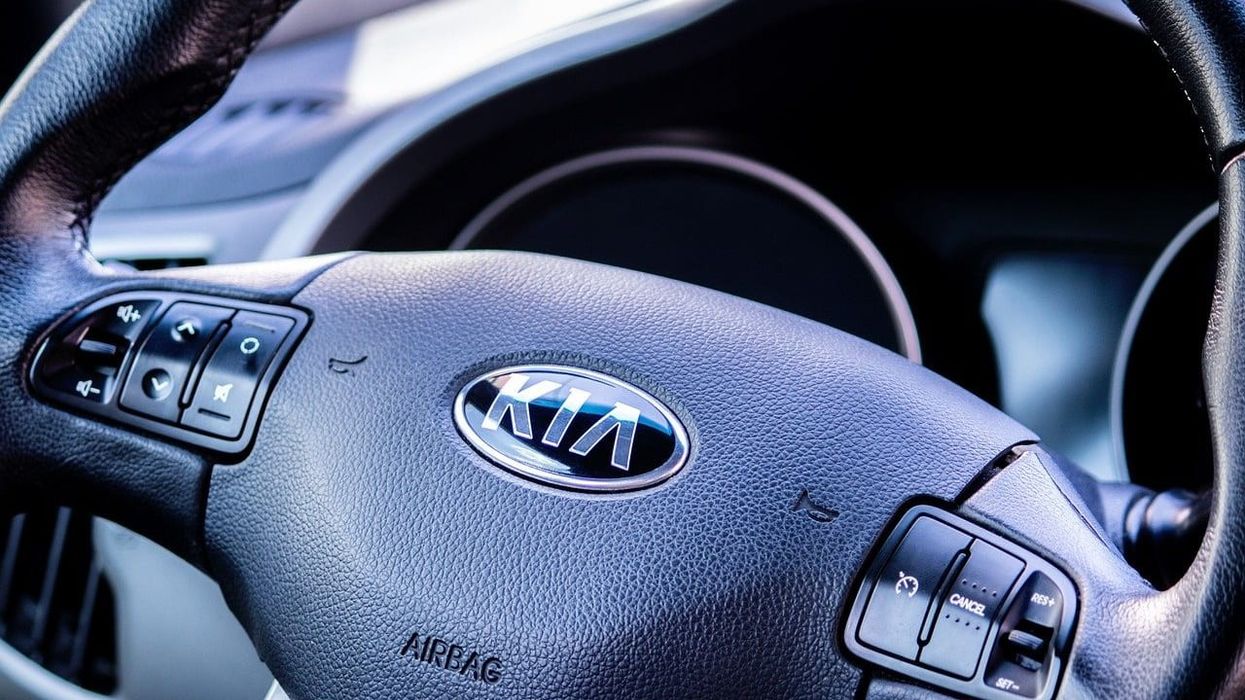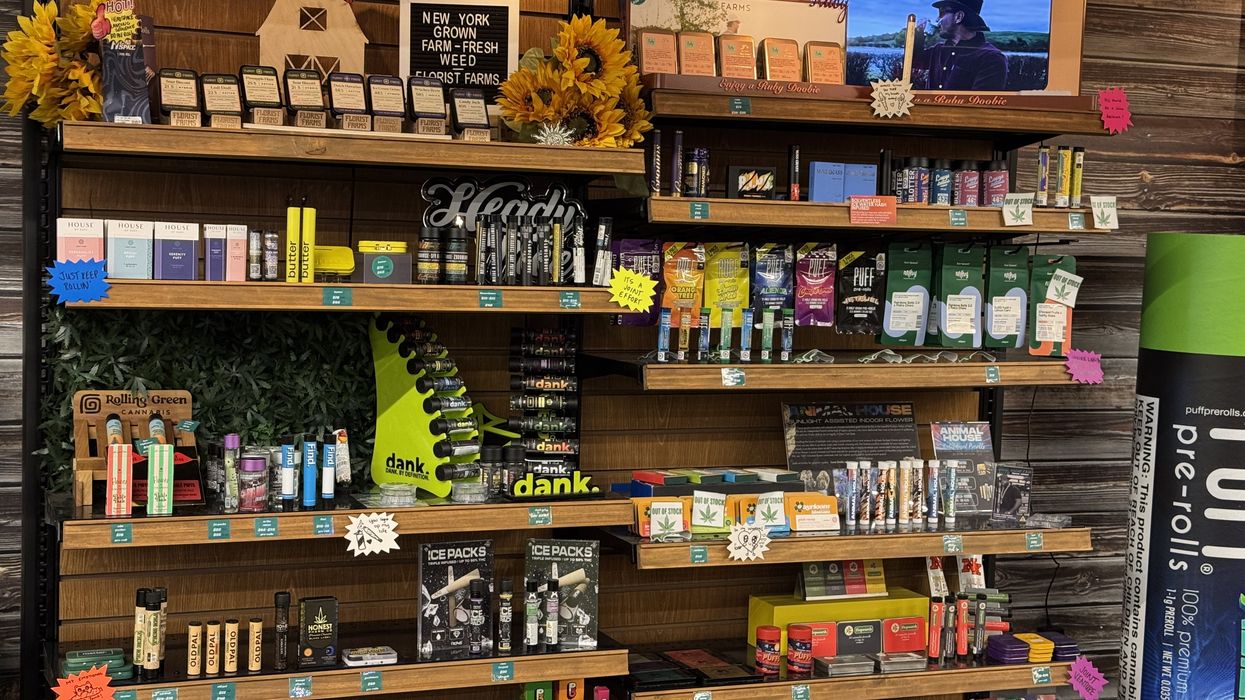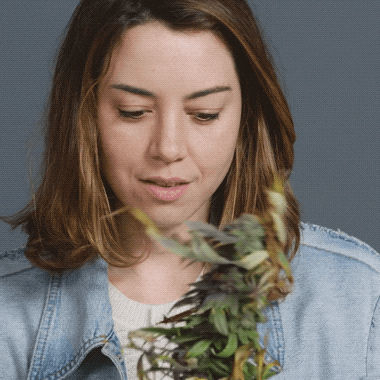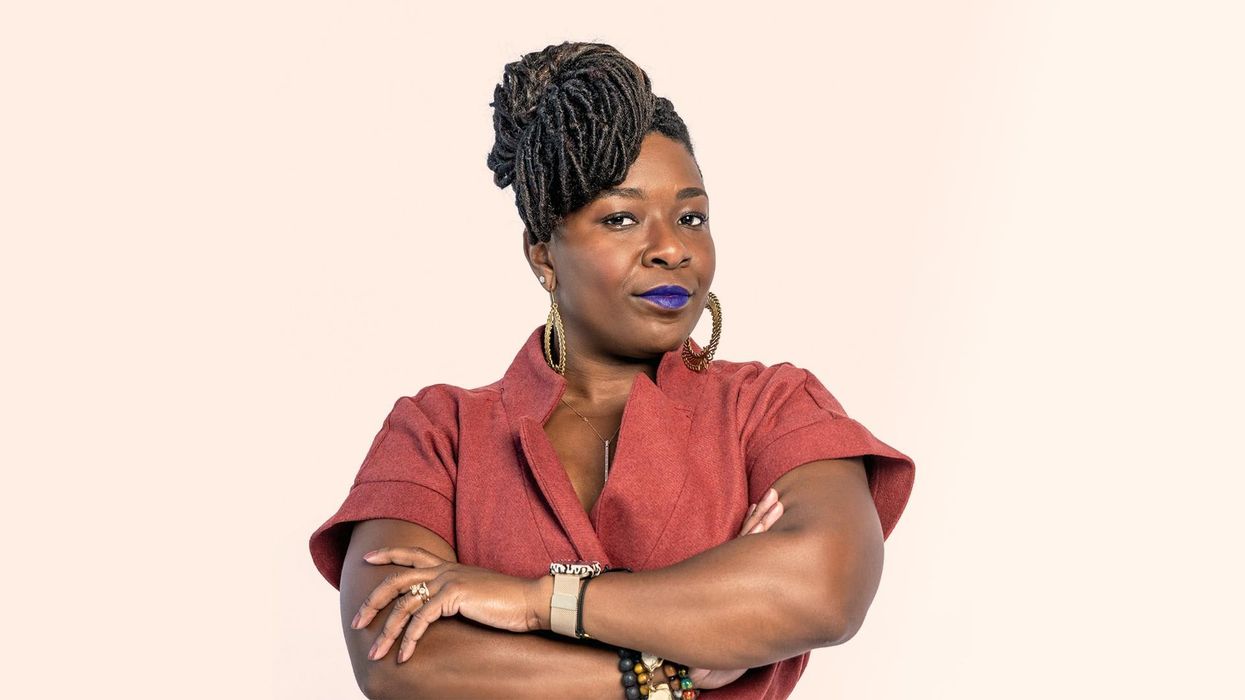Article by Ben Taylor, Executive Director at Cannabis Information Sharing & Analysis Organization
If you haven’t heard of the Kia Boyz TikTok trend yet, you may want to pay attention.
Thieves have been targeting Kia and Hyundai vehicles that use key-based ignition rather than the push-button start found in newer vehicles, including most newer Hyundais and Kias. The increase is attributed to a technique popularized in viral social media posts. All it involves is some basic tools and a USB cable.
The Los Angeles Police Department has issued an alert after Hyundai and Kia vehicles have account for 20% of car thefts so far this year, compared to 13% within the City in all of 2021. The threat for the cannabis industry comes by way of the increased potential for vehicles to be used as breaching mechanisms targeting cannabis facilities. Naturally a potentially thief would be more likely to utilize an easily stolen vehicle than their own for a crime, so this is a trend the industry will want to pay close attention to.
Criminals utilizing vehicles within the act of cannabis robberies in and of itself is not new. Nevada, Montana, California, Colorado, Washington, and just about anywhere legal cannabis is sold has seen an incident like this occur.
A string of burglaries have been reported over the last several weeks at several dispensaries across the St. Louis area. In the last week of August, at least four burglaries were reported at dispensaries in Hazelwood, St. Louis and Festus. In many of the cases, police said suspects used stolen Hyundais and Kias to smash into the front of the stores and get inside. Stores have responded by installing concrete barriers in some locations.
While vehicle ramming is what first comes to mind when thinking of these sorts of incidents, as we just saw in downtown Los Angeles when several would-be-robbers attempted to pull a dispensary gate down with their vehicle, there are multiple methods by which to use vehicles in the act of committing a robbery.
I recently spoke with Terry Blevins, CEO of the Los Angeles-based cannabis security firm Armaplex Security. Blevins indicated that “In the past we’ve seen that most vehicle rammings are perpetrated in the rear of the building because it attracts less attention, giving the actors more time to find valuables. Recent incidents show that trend may be changing and as an industry we need to consider how to best fortify the fronts of these sites as well.”
The Cannabis Information Sharing & Analysis Organization (ISAO) has been worried about this trend since it popped up in a U.S. State Department report shed light on a growing concern in New Zealand earlier this summer where young people were stealing cars and smashing into retail businesses. Viral sensations don’t have societal boundaries, and it seemed only a matter of time before these crimes were being seen within the U.S., and especially within the cannabis retail industry that has become a target for smash and grab robberies.
Threat intelligence will only take an organization so far. It is vital that actional steps be taken to mitigate the threat. Below are a few recommendations to help defend cannabis facilities from vehicle ramming incidents.
- Stress situational awareness with security personnel. Ensure security guards are aware of current crime trends, and have open communications with local law enforcement. Obviously not every Kia/Hyundai is going to be stolen, but a Kia which has circled the block 3 times within the past hour is worth paying closer attention to.
- Conduct a facility assessment. Cannabis ISAO recommends discussing this threat with inhouse security or a consultant to determine what physical security enhancements are feasible. In partnership with Chicago Police Department’s Crime Prevention and Information Center (CPIC), the Cybersecurity and Infrastructure Security Agency (CISA) developed the Vehicle Ramming Self-Assessment Tool to assist organizations with planning considerations and protective measures associated with mitigating risk against a vehicle-ramming method of attack, which may prove to be a useful tool at this time.
- Implement physical security enhancements. According to Blevins, “The placement of permanent bollards or barricades in front of glass windows and doors, and of removable bollards in front of rollup doors is an extremely effective method for preventing vehicle rammings. It is important that these features be easily seen (brightly painted, etc) so that perpetrators know from a distance that they will not be able to defeat these measures.” As sometimes these type of security enhancements can be seen as unsightly by some in the neighborhood, consider partnering with local artists to improve their attractiveness. As another option, Blevins mentioned that he “recently designed a concrete and steel bicycle rack to be installed in front of a large glass window and doors.”
- Always consider security during the design process. Blevins recommends that “When installing doors, windows, rollups it is important to avoid leaving a long “runway” for vehicles to get their speed up prior to crashing into the opening.”
- Develop information sharing networks. To quote a senior security executive at one of America’s most well-known brands, “When it comes to security, there is no competition.” An incident at one cannabis business is only an advertisement to criminals that other cannabis businesses may be easy targets too. It’s important to share information and security best practices within your networks to raise the resiliency of the entire industry.
Need a little more Bluntness in your life? Subscribe for our newsletter to stay in the loop.
















